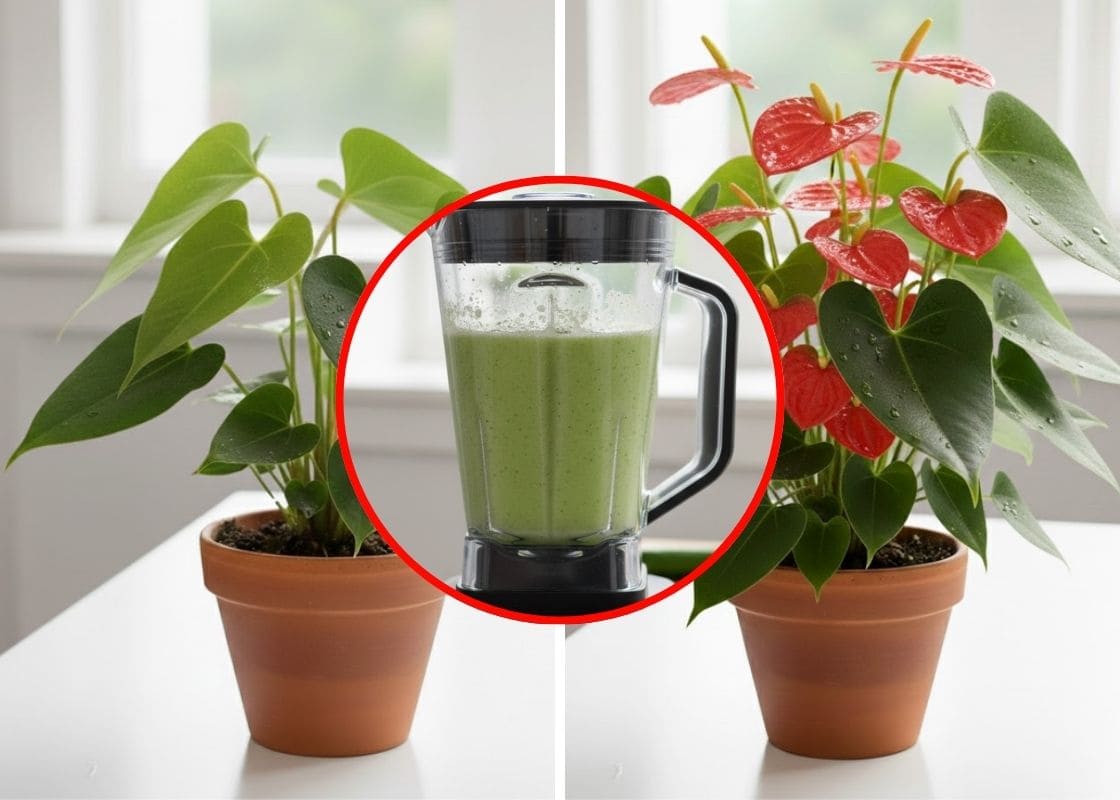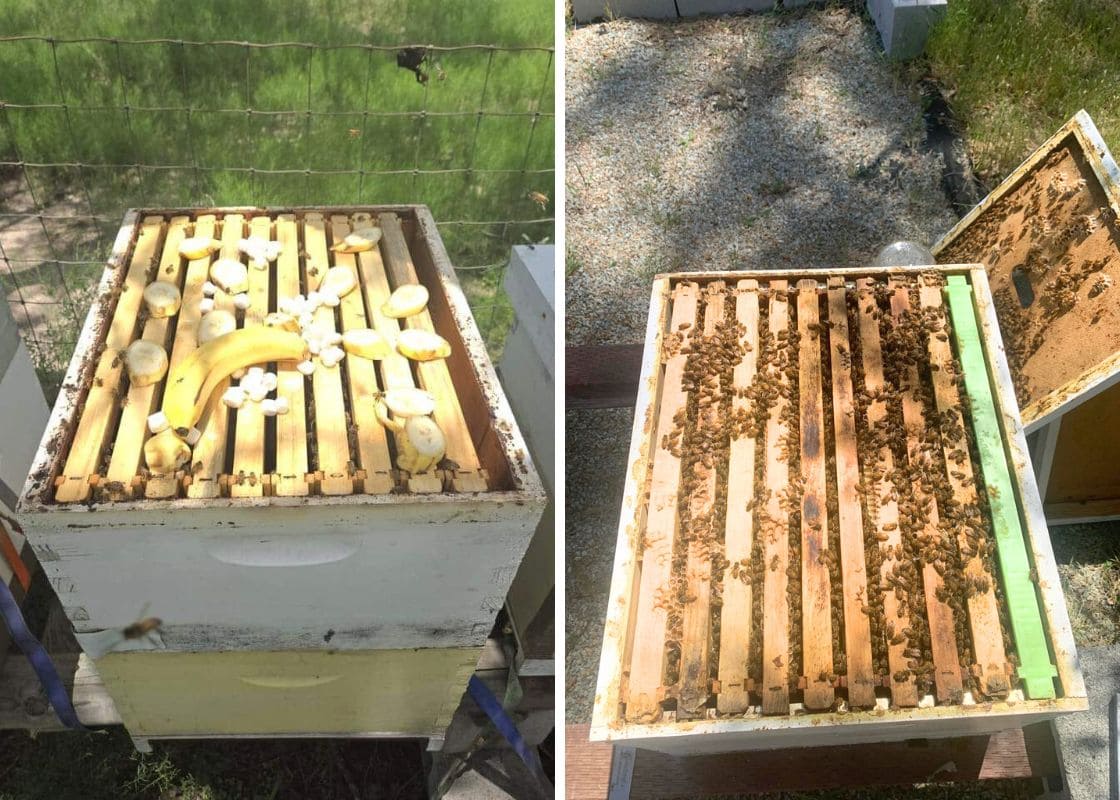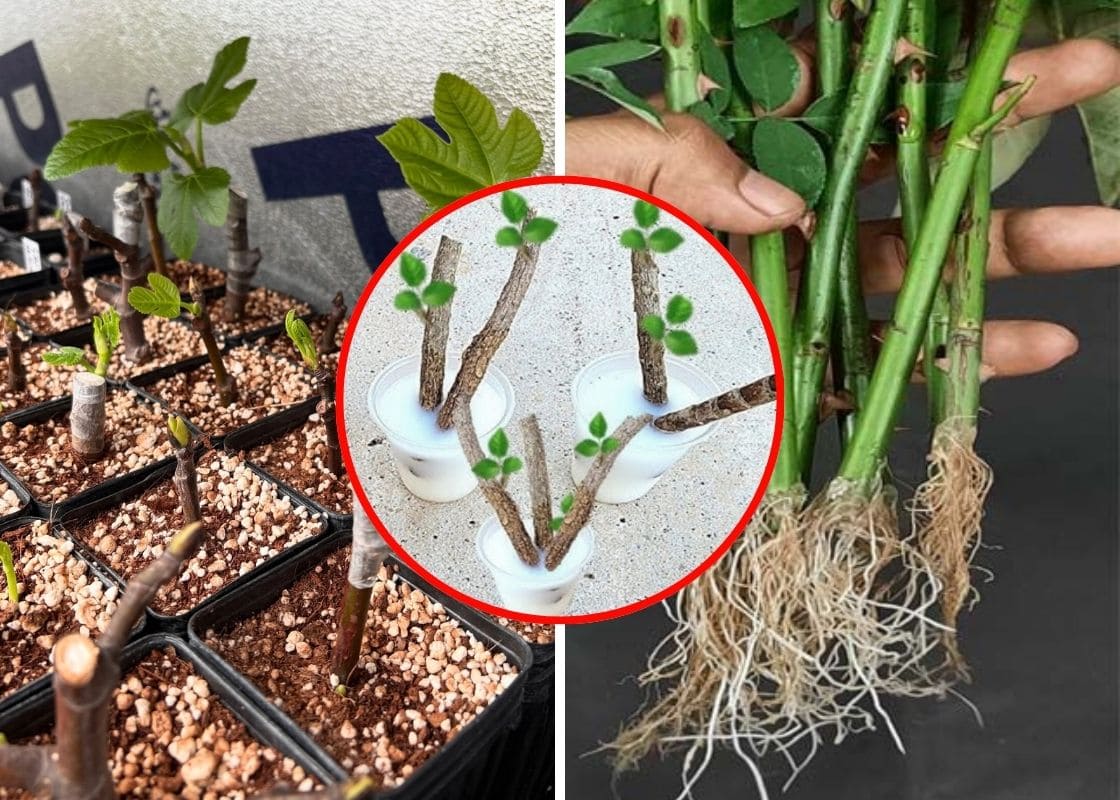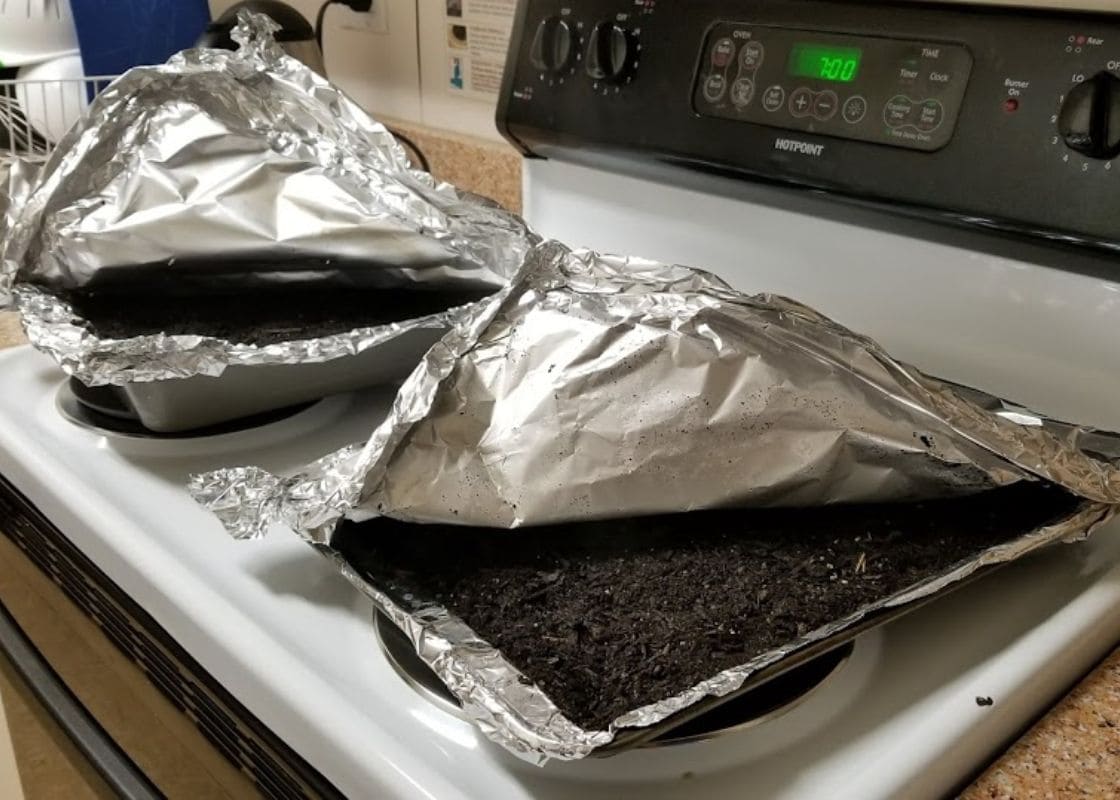Hydrangeas have a way of stealing the show in any garden.
Their big, cloud-like blooms shift through dreamy shades of blue, pink, or purple depending on the soil they’re planted in.
But here’s a little secret: baking soda from your kitchen might be the most effective and inexpensive tool for keeping your hydrangeas beautiful.
Let’s explore why this humble household staple has become a gardener’s quiet ally.
Baking Soda and Bloom Color Magic
One of the most fascinating things about hydrangeas is how their bloom color reflects the soil’s chemistry.
Acidic soil (low pH) encourages blue flowers, while neutral to alkaline soil pushes blooms toward pink.
Baking soda raises soil pH slightly, so it can nudge your hydrangeas into producing pinker shades.

To try this, dissolve 1 tablespoon of baking soda in 1 gallon of water and pour it around the base of your plant once a month during the growing season.
Over time, you’ll notice those blossoms shifting to softer pink tones.
Just remember: if you dream of deep blue blooms, skip the baking soda as it will work against you.
Natural Fungus Fighter
Hydrangeas, with their large leafy canopies, can be prone to fungal diseases like powdery mildew or black spot, especially in humid or crowded conditions.
Baking soda has mild antifungal properties that make it a safe and natural option for tackling these problems without resorting to harsh chemicals.

Mix 1 teaspoon of baking soda with a quart of water, and add a few drops of mild dish soap to help it stick to the leaves.
Spray this solution lightly over your hydrangea’s foliage early in the morning or in the evening. It helps disrupt fungal spores and slow their spread.
Just be careful not to oversaturate the leaves as too much moisture can create its own issues.
Healthier Soil, Happier Roots
Sometimes, the soil around hydrangeas can become too acidic or develop an unpleasant, sour smell.
A light touch of baking soda can freshen the soil and make it a little friendlier for roots.
Strong, healthy roots translate into bigger, fuller blooms and sturdier plants.

The key is moderation. Lightly sprinkle the soil surface around the plant, avoiding direct contact with roots.
Think of baking soda as a gentle boost, not a replacement for proper compost and organic matter.
A Gentle Touch Is Key
As useful as baking soda can be, it’s important not to go overboard.
Hydrangeas typically thrive in slightly acidic soil with a pH of 5.5 to 6.5, so pushing the soil too far toward alkaline can stress your plant.
Before you make it a routine, test your soil with a simple home pH kit. If your soil is already neutral or alkaline, baking soda isn’t the right choice.
Also, stick to occasional applications, once a month during the growing season is plenty.
Read more: Hydrangea Colors & Soil pH: How To Make Your Blooms Blue, Pink, Or Even Purple
When Not to Use Baking Soda
Baking soda won’t work well if your goal is blue or purple hydrangeas; in fact, it will steer you in the opposite direction.
If your soil is already alkaline (above pH 7), adding baking soda can do more harm than good by locking up nutrients your plant needs.
And if your plant is struggling with serious disease or pest infestations, baking soda alone won’t be enough, you’ll need other solutions.
Final Thoughts
Baking soda may not look like much, but in the right conditions, it can give your hydrangeas a subtle edge.
From encouraging soft pink blooms to fending off pesky fungal diseases and refreshing tired soil, it’s a versatile ally for gardeners who love their hydrangeas.
The key is moderation and observation, give it a try, watch how your plant responds, and adjust as needed.







